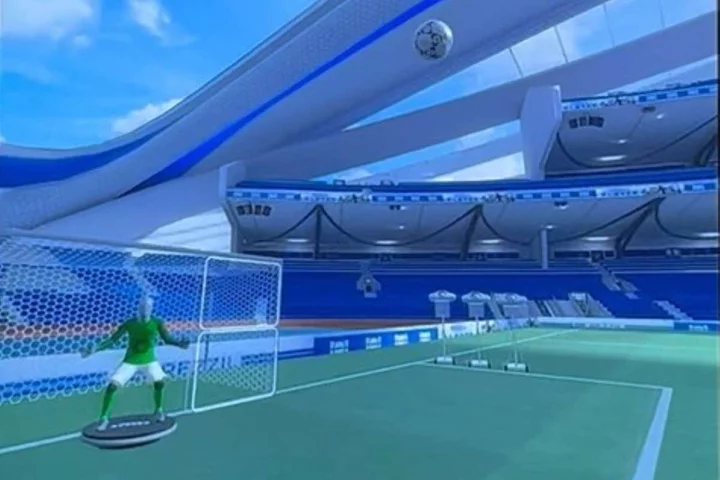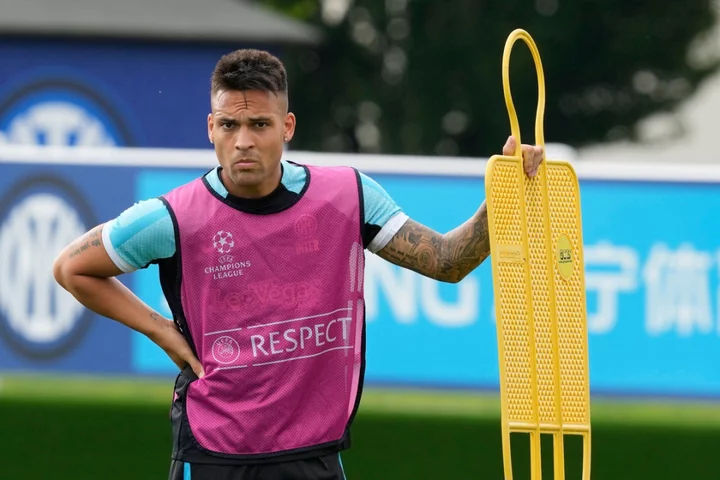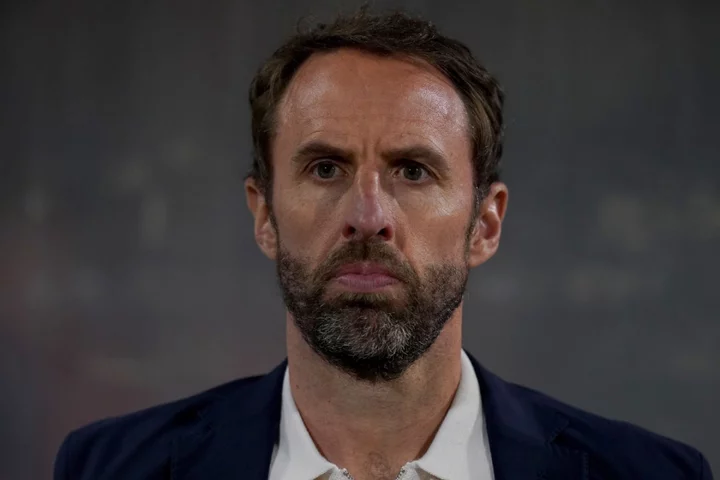Virtual reality could help footballers improve their heading without the repetitive head impacts from a ball, a new study indicates.
Players involved in a study at Manchester Metropolitan University’s Institute of Sport and its Department of Sport and Exercise Sciences demonstrated greater performance in ‘real world’ heading after training with a VR headset compared to a control group who did no training.
The VR group also reported greater self-confidence and efficacy in their heading compared to the control group, the study found.
Our findings show that virtual reality (VR) based training can be used to improve real-world heading performance.
Dr Ben Marshall, Manchester Metropolitan University Institute of SportThe study, titled: ‘A preliminary investigation into the efficacy of training soccer heading in immersive virtual reality’, has been published in the journal Virtual Reality on Tuesday.
It provides some insights into how players may be able to improve heading technique amid restrictions on training.
Football Association guidelines advise against any heading training in under-12s, while a trial is ongoing in the current season and next season to eliminate deliberate heading completely from matches up to and including that age group.
At ages 12 and 13, heading should be limited to a single session of no more than five headers, and no more than 10 headers per session for children aged 14 to 17, according to FA guidance.
Even in adult football at all levels, players are advised to perform only 10 ‘higher force headers’ per training week, such as headers from crosses, corners, free-kicks and returning of goal kicks.
The exposure to heading has been limited because of concerns over the sub-concussive impact of repetitive heading on a player’s longer-term wellbeing.
The 2019 FIELD Study found professional footballers were three and a half times more likely to die of neurodegenerative disease than age-matched members of the general population.
“With increasing restrictions of heading exposure to professional and youth soccer, it is evident that alternative methods for training heading confidence and technique will be required while it remains an integral part of the game,” the VR paper concluded.
“The work presented here provides some initial evidence suggesting that immersive VR may have a place in any new approach to training this important skill.”
A group of 36 adult recreational-level players, made up of 30 men and six women, participated in the study in total.
The 36 were split into two groups of 18, with 16 men and two women in the control group who did not use the VR headsets between ‘real world’ heading sessions, and 14 men and four women in the VR group.
The VR group used the Oculus Quest 2 head-mounted display, with the Rezzil Player 22 application used to provide the VR football heading training.
Dr Ben Marshall, Lecturer in Sport and Exercise Psychology at the Manchester Metropolitan University Institute of Sport, said: “Our findings show that virtual reality (VR) based training can be used to improve real-world heading performance and that this method is more effective than not training the skill at all.
“This is important as current training guidelines recommend limiting the number of physical headers performed in training for all age groups due to the associated long-term risks to player health.
“Our findings suggest the inclusion of VR-based training could play an important role in developing football heading skills whilst reducing the number of real-world headers and sub-concussive head impacts that players need to be exposed to – which is really positive.”









